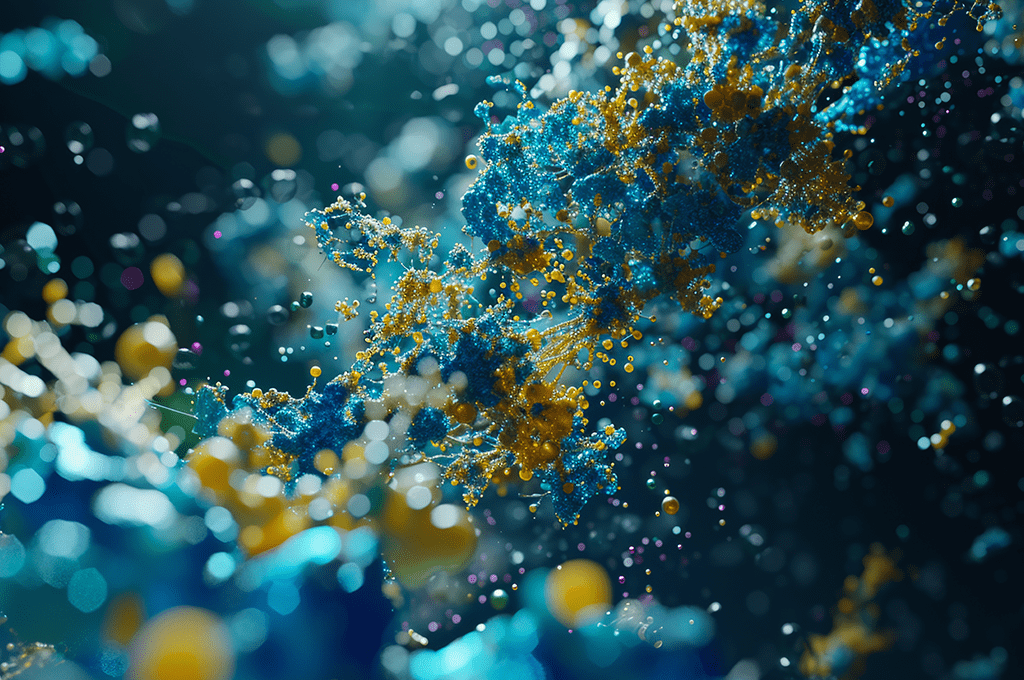AlphaFold3: Early pain points overshadow potential promise
The scientific community has long awaited the release of AlphaFold3 (AF3), the latest version of DeepMind’s groundbreaking protein structure prediction tool. AlphaFold2 (AF2) set a high bar by revolutionizing our understanding of protein folding, but how does AF3 compare?
AlphaFold is perhaps the most important data-driven example of how AI has transformed the life science landscape. Initially, many were skeptical about the utility of AF2. However, the technology has proven its worth over the past two years, particularly in drug discovery, where it (and other AI tools) has facilitated numerous advances.
Key differences between AlphaFold2 and AlphaFold3
AF2 impressed the scientific community with its ability to predict protein structures with unprecedented accuracy. It was a leap forward in computational biology, promising to accelerate research in medicine, biology, and beyond. With the release of AF3, the question on everyone’s mind is: what’s new?
We identified some of the main differences:
- Improved accuracy: AF3 has slightly improved accuracy for protein predictions, but a larger improvement in antibody-antigen interactions
- Speed: DeepMind invested more computational power behind the AF3 app. However, the speed when run on a local system is unknown
- Data sharing and open science: AF3’s approach to data sharing is a significant point of contention. Unlike its predecessor, AF3 has faced criticism for not providing the source code, currently only being developed for academics, and is less useful for drug discovery (a core benefit of AF2)
Expert opinions from SciLifeLab
To get a balanced view, we contacted several experts at SciLifeLab. Here’s what they had to say:
“I’ve tried using AlphaFold3 for my protein complexes, but they are too large for the program to handle. I’ve seen some colleagues successfully use it for antibody-protein complexes, where it seems to provide likely correct interactions that align with other observations. However, others were disappointed with its predictions for sugars. While the tool’s speed is extremely useful, its lack of openness has generated significant criticism in the community”
Marta Carroni, platform director at SciLifeLab Cellular and Molecular Imaging and head of unit at Cryo-EM Stockholm.
“From a user perspective – the major advantage is that you can model other molecules than proteins. However, it should be noted that in most cases, predictions of other molecules than proteins are less reliable. The big disadvantage is that the method is only available to the academic community with sever limitations, for instance the models can not be used for drug discovery and no source code is available”
Arne Elofsson, SciLifeLab group leader.
“I wouldn’t use it for anything other than single protein structures. It seems very overfit and some tests we have run show that it gives more or less the same output regardless of how we change the interaction partner. This is a consequence of the training and learning to always saturate potential interfaces. You can also see that we are far away from having a useful model for RNA and small molecules if you study the training curves”
Patrick Bryant, DDLS fellow.
“The new version (AF3) outperforms both classical docking algorithms and recently released machine learning methods. How useful will the method be in drug discovery? Access to an accurate model of a complex can be useful in compound design, for example, to guide where to change the structure of the small molecule. But AF3 will not tell you how strong the small molecule interacts with the target. To identify starting points for drug discovery in large chemical libraries or optimize a lead, we need to predict affinity. Or at least be able to predict if one compound binds better than another. AF3 does not solve this problem, and we have to investigate if the models are good enough to enable other methods to predict ligand affinity. However, it will be difficult to understand the opportunities and limitations of the models if we can only run AF3 on a web server with very limited options”
Jens Carlsson, SciLifeLab fellow.
A mixed bag
AlphaFold3 is a testament to the continuous advancements in computational biology. Its improvements in accuracy, usability, and speed are noteworthy. However, the concerns regarding its closed nature cannot be ignored. As the scientific community evaluates the tool, the balance between innovation and openness will be crucial for its widespread adoption and impact.





